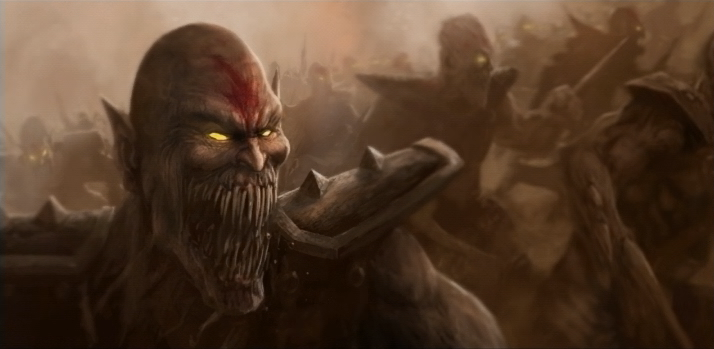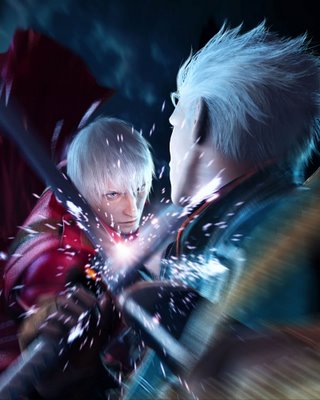You’ve seen it before: that point in your favorite action
game where it’s just you and your enemy.
Your party is gone, there are no monsters around to fight, and you and
the villain are on equal ground. The
resulting clash is nothing short of epic as both characters block, parry,
dodge, and duel each other to the death in an awesome display of finesse and
spectacle.
Now imagine if they made a game solely out of that. Fighting games are built around those
moments, having a variety of colorful characters fight evil and each other in
mano-a-mano bouts of spectacular physics-shattering awesomeness.
Every major fighting game franchise has the same game
objectives and even similar mechanics to each other, but the finer details in
the way the games are played and presented all combine to form very distinctive
styles that appeal to very specific kinds of gamers. They all have their own heroes, villains,
stories, art style, and game flow each one builds their games around. And when so many of these games vary, the fans
they pick up are some of the most dedicated you will ever meet.
Those gamers make up what I like to call the fighting game
camps. Every fighting game franchise has
one: a community of dedicated fans that have played every game in the franchise
to death, memorized every special move, can recite the entire decade-long story
by memory, mimic characters in synch with them on the screen, and will probably
roar in your face when you challenge them to their game of choice (except for
the Mortal Kombat fans, who instead scream “MORTAAAL KOMBAAAT!”). They’ll play other fighting games and enjoy
them, sure, but they have their one franchise that they play three times more
than any other. They are the reason crossover
fighting games are made: because that lets fans prove that theirs is better in the most surefire way they can think of.
You can probably single out some members of these camps. Noah Antweiler is in the Tekken Camp, where
nobody lets their opponent hit the ground.
Craig Skitsmas is in the Street Fighter camp, where everyone paces each
other, make sure they strike at the right time and think ahead. Patrick “Debaser” Breeden is in the Mortal
Kombat kamp, where hospital trips are frequent, and I myself am in the King of
Fighters camp, where everyone thrusts into each other and regularly combust.
They even have their own theme songs.
For this series of articles, join me as I explore each of
these duel-centric camps by analyzing each franchise’s aspects and the appeal
that comes with them: The story, heroes, villains, visual style, and gameplay, among other things. For those of you who would like to get
involved with one of these franchises, I will also point out which titles in
each one I deem to be the best. Finally,
I will point out my characters of choice, as it’s always them that keep
the story and play interesting as well as emotionally investing. I never specialize in a character just
because I play well with them; when I play, my opponent should be fighting ME
on the screen.
 |
| Like looking into a mirror. |
Keep in mind that while much of it will serve as a factual
introduction to each franchise, Opinions as well as personal observations will
be expressed. I like all these fighting
game franchises (they have their camps for a reason), but there are some I
favor over others. Do not let that deter
you from loving the ones you do.
There’s a lot to cover, so to start out I’ll be looking at
the granddaddy of all fighting game camps: Street Fighter.


No comments:
Post a Comment